Writer: Helena Bergström
Interesting facts about Brussels sprouts! We love this flavourful and vitamin-rich little vegetable, so today we're digging into some facts. Do you like Brussels sprouts? If so, do you have a favourite recipe?
Table of contents
Thoughts on Brussels sprouts
Brussels sprouts are one of our favourite vegetables, and we like to eat this little gem as a variation during the winter months. We often cut it into halves, fry it in oil and salt it. Wow, so good!
Of course, you can also boil it, bake it in the oven or add it to all kinds of dishes. If, like us, you like this little vegetable of course! The season is slowly coming to an end this time, so you could say that we are ending the winter with a big post about a small vegetable.
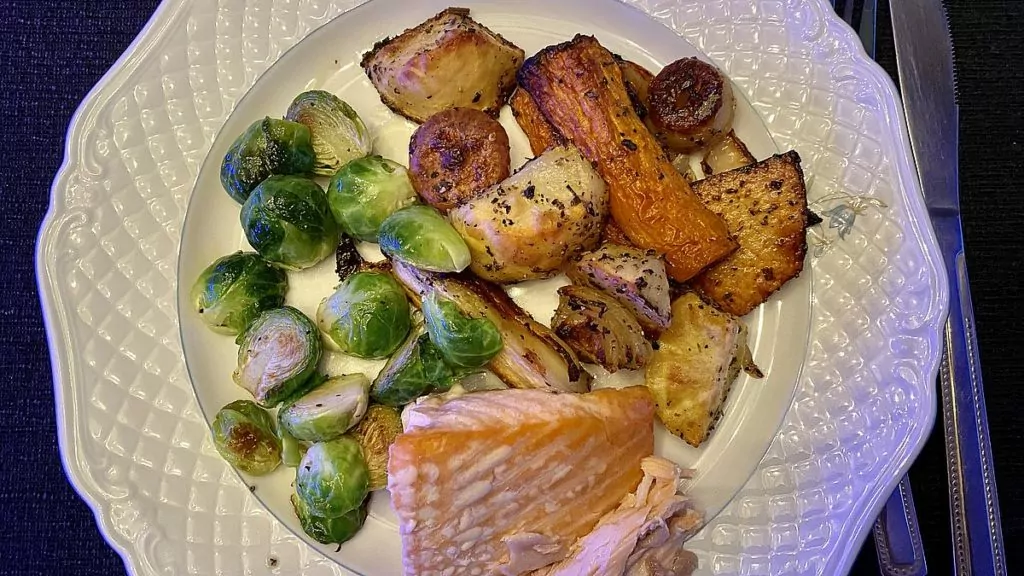
Facts about Brussels sprouts
Here we have collected a number of interesting facts about Brussels sprouts. Would you like to know more about how it is grown, what it can be called and how to find the tastiest specimen? Stay tuned!
1. Brussels sprouts belong to the cabbage family
Brussels sprouts belong to the cabbage genus (Brassica) and the cabbage species (Brassica oleracea). The Latin name for Brussels sprouts is Brassica oleracea brac. gemmifera.
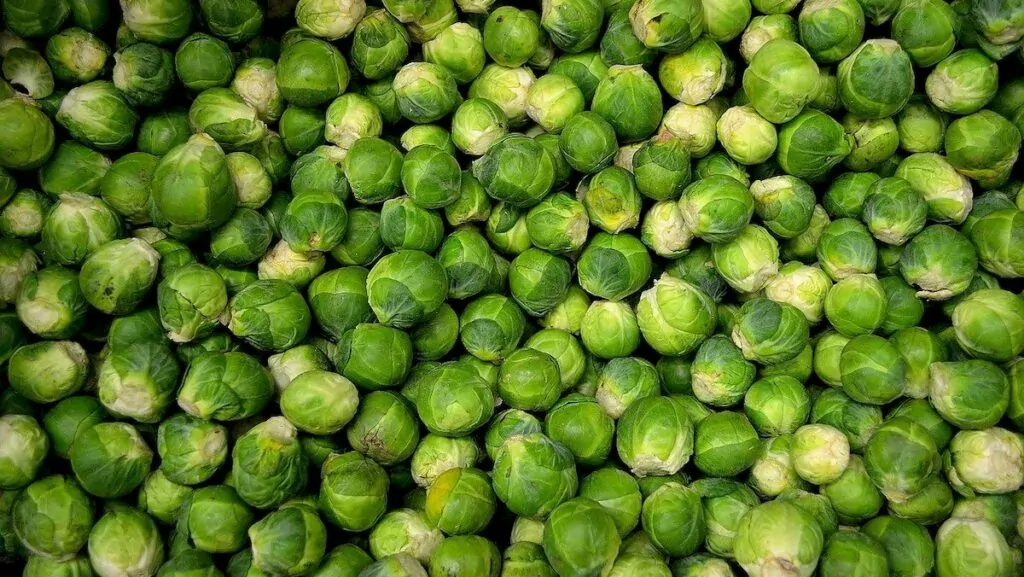
2. Brussels sprouts are sometimes called Brussel sprouts
Brussels sprouts are a type of cabbage with many small heads on the same stalk. It is sometimes called Brussels sprouts because the buds look like small rosebuds.
3. The plant will be 2-3 years old
Brussels sprouts are a plant that grows about 50-100 cm high and about 2-3 years old. It is only after the first year of life that the plant develops its nutritious lateral buds which are used as food.
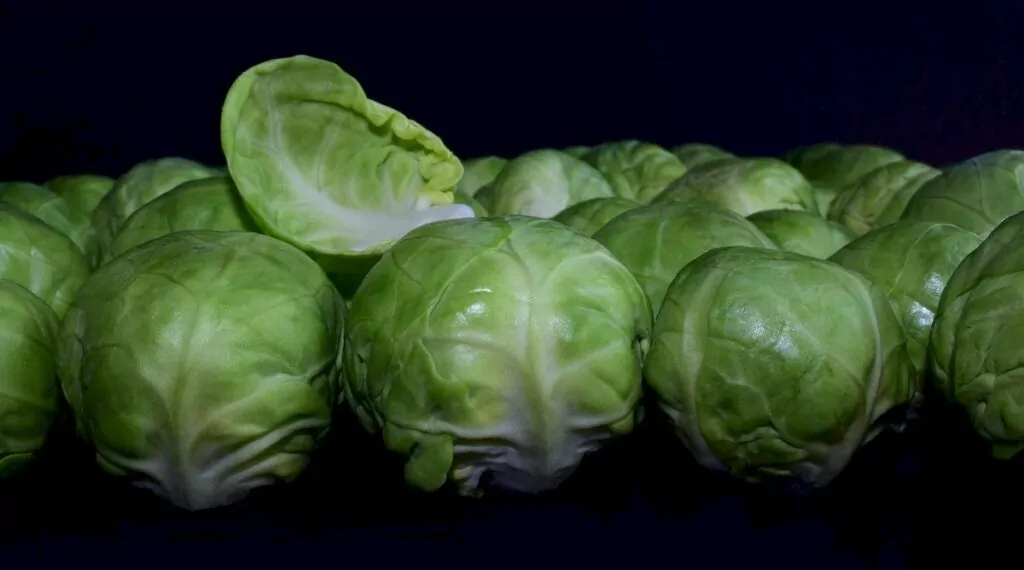
4. The name comes from the capital of Belgium
The round green small cabbage is native to the Mediterranean region, and was perhaps already eaten by the ancient Romans. However, it was in the 13th century that it began to be cultivated on a larger scale in Belgium, and in the 16th century the vegetable became even more popular. Since the vegetable was grown in the neighbourhood of Brussels it was named after the Belgian capital.

5. The vegetable is popular in the UK
Today, Brussels sprouts are eaten in many countries around the world, but if various online sources are to be believed, the vegetable seems to be particularly popular in the UK.
6. In Sweden, Brussels sprouts are often sown indoors.
For Brussels sprouts to mature in the Swedish climate, you can plant out seedlings that have been pre-sown indoors. The plants, which can be set out in May, should be planted 40-60 cm apart and watered regularly. The cabbage thrives in sunny locations.
7. The flavour is best after a few cold snaps
Brussels sprouts are harvested at different times depending on the variety. Some varieties are harvested as early as September. Others are harvested from November, and sometimes as early as March. If you wait until the first frost, the flavour will be slightly sweeter. The best and tastiest specimens are found in late autumn and winter.
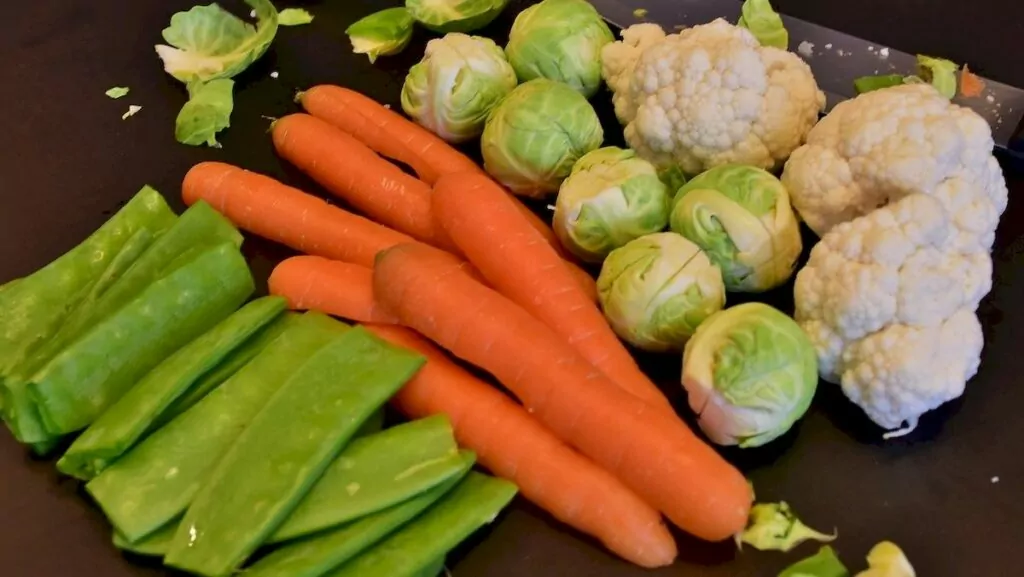
8. Each stalk can produce up to 1.4kg of cabbage
Brussels buds can be picked by hand in baskets or by cutting the whole stalk at once, to be processed afterwards. You can also use a mechanical harvester, depending on the variety. Each stalk can produce 1.1 to 1.4 kg of cabbage.
9. The vegetable is rich in nutrients
Brussels sprouts are rich in vitamins, minerals and antioxidants. For example, 100 grams of raw Brussels sprouts contain 85 mg of vitamin C, 159 µg of folate, 0.22 mg of B6 and 1.4 mg of iron. The level of vitamin C is very high, and you can compare, for example, with orange (52 mg/100 g) or kiwi (71 mg/100 g).
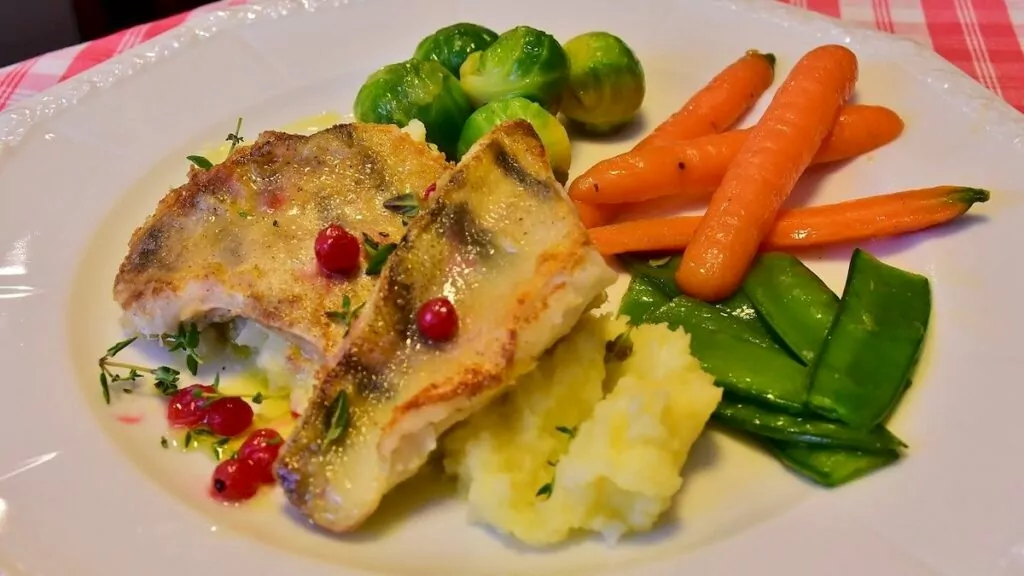
10. The less Brussels sprouts the better
The size of the round vegetable is important for its flavour. The smaller it is, the more tender and sweet it is. The bigger it is, the more cabbage flavour.
11. Brussels sprouts on stalks stay fresh longer
Brussels sprouts on stalks look nice, but there's another reason to buy them that way. It lasts longer. As the cabbage ages, it loses moisture and sweetness.
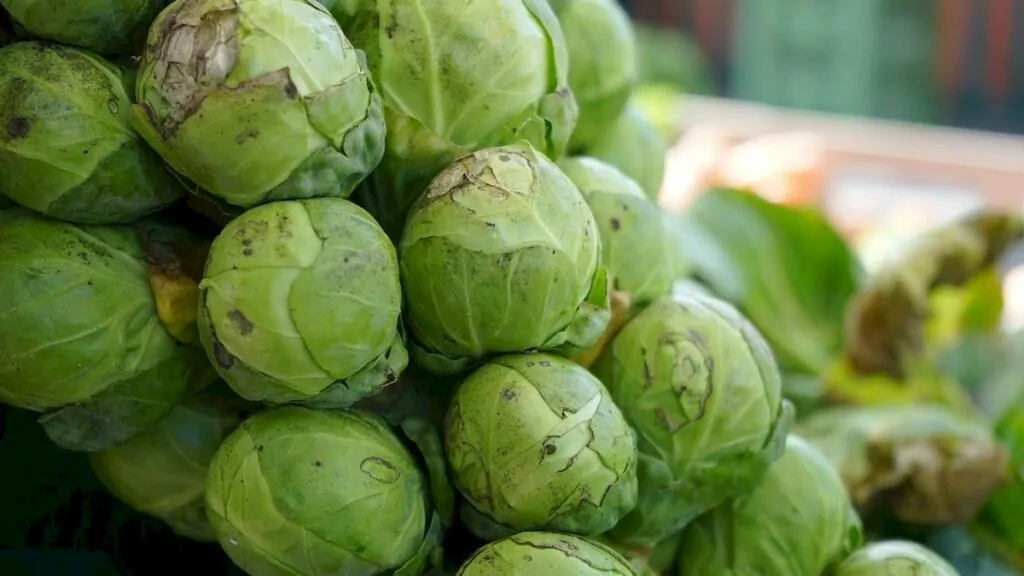
12. Brussels sprouts are a classic on the Christmas table
Cabbage is a classic on many people's Christmas tables, and so is Brussels sprouts. Traditionally, the small vegetable is served boiled or fried, but today there are many variations and recipes. For example, the vegetable can be served in a gratin, a pie or a salad.
13. Brussels sprouts have become "in"
After a period of decline, Brussels sprouts have become fashionable again. There is a wide variety of dishes and the trendy cabbage can be served roasted, buttered, au gratin or in a salad. The cabbage can be flavoured with garlic, chilli, lemon, parmesan, goat's cheese, bacon or nuts.
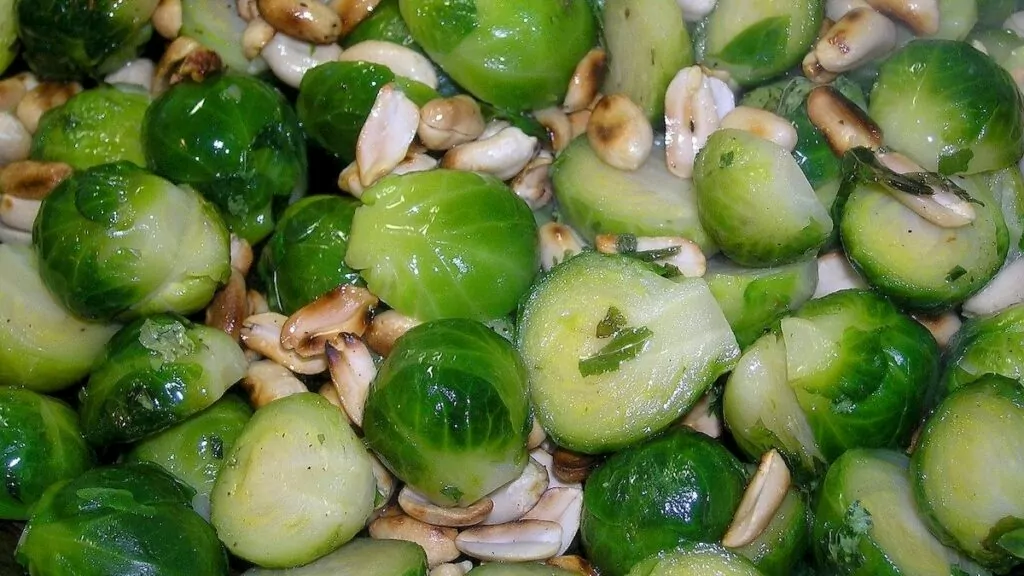
14. The English name is 'Brussels sprouts'.
The English name for the vegetable is 'Brussels sprouts'. In Norwegian and Danish it is called 'Brussels sprouts' and in Icelandic 'rósakól'. In German it is called 'der Rosenkohl' and in French 'choux de Bruxelles'.
15. A Swede holds the world record for eating the most Brussels sprouts per minute.
Swede Linus Urbanec from Småland, Sweden has the world record in eating the most Brussels sprouts per minute. The record involves 31 rounds of small vegetables and was broken on 26 November 2008. Beat it if you can!
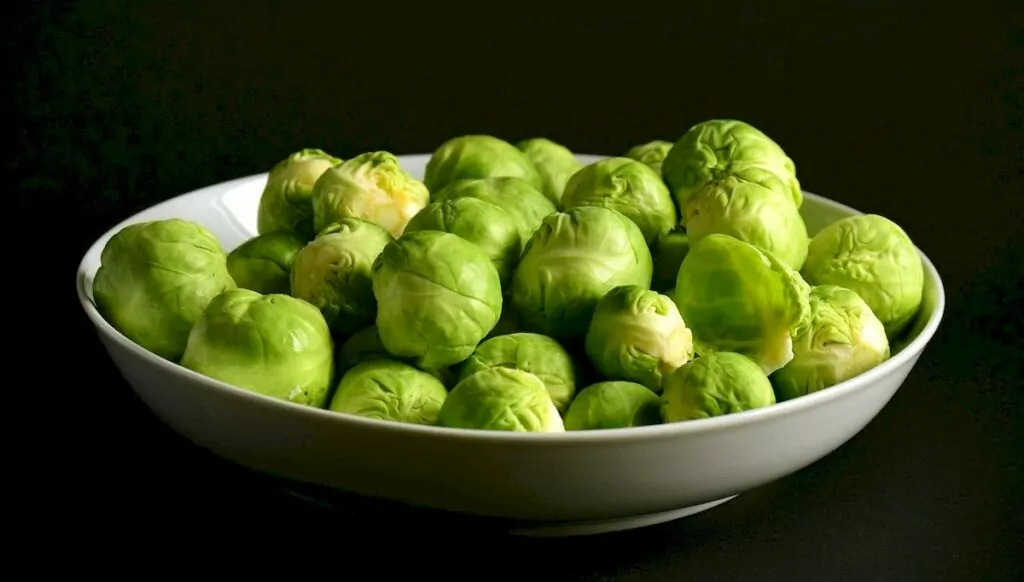
More interesting facts about Brussels sprouts?
Something new for you, or did you already know everything? Do you have more interesting facts about Brussels sprouts to share? Or do you just want to share your favourite recipe with the vegetable? Write a comment!


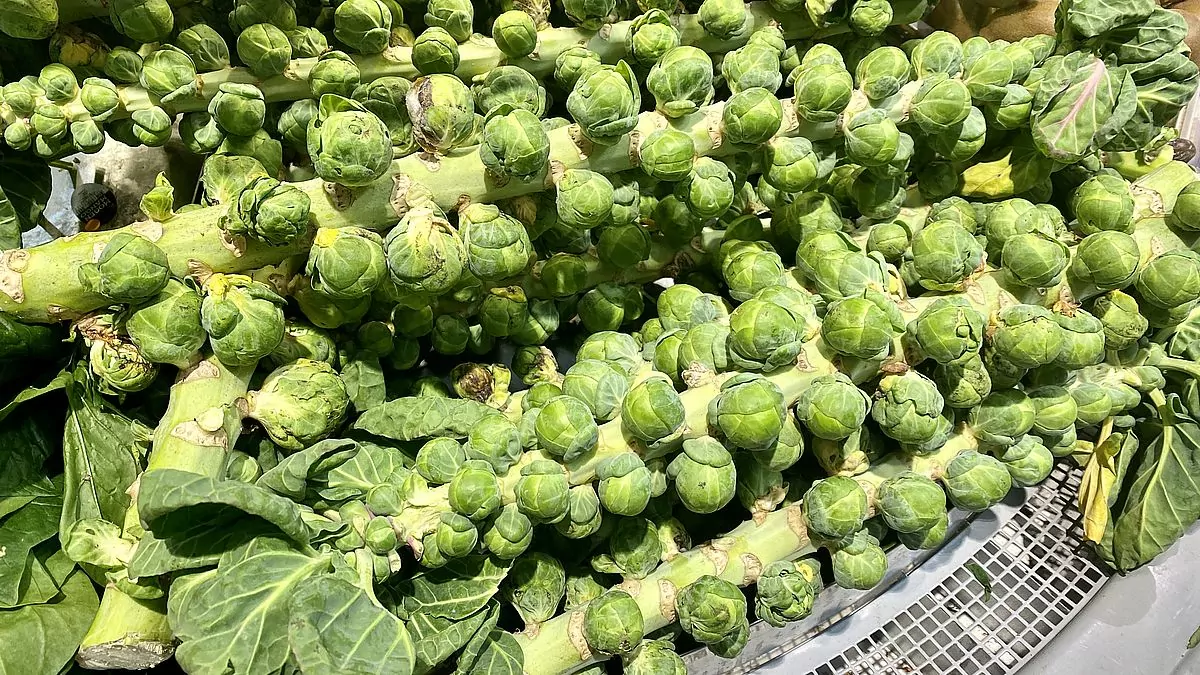






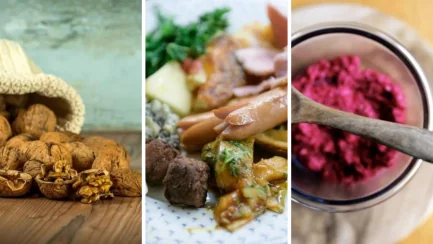
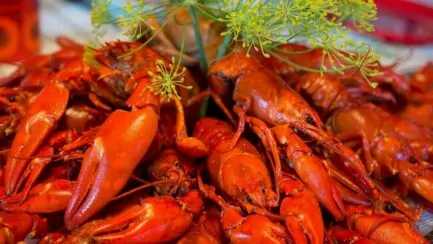
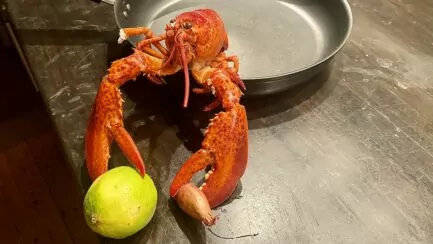
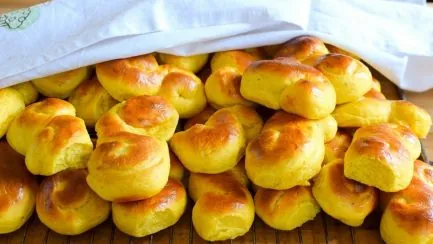
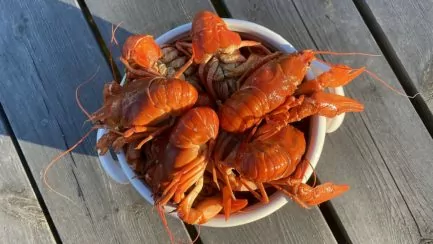




Ama de casa says:
I love Brussels sprouts and usually eat them as you do - fried, salted halves 🙂 They also work well in stews.
Sunday today and the shops are closed (forcibly closed in the Valencia region a certain number of Sundays per year, and then the shops of course choose to close Sundays during the low season). So for my part, there will be no Brussels sprouts today, as there are no such things in the fridge 🙂.
13 March 2022 - 9:12
Helena says:
Tasty, isn't it? Ok, then you have to languish without Brussels sprouts just today, but hope it will be a nice day anyway! 🙂
13 March 2022 - 16:00
Maria / emjis says:
Hm..comes to mind a children's cartoon where the teddy bear could talk and his comment is heard in his head: "cabbage..Brussels sprouts...I hate Brussels sprouts!"
😉🤪
Well I am like him...
13 March 2022 - 10:20
Helena says:
Really? Brussels sprouts that are so good? 🙂 Well, it's lucky that the narrow is different!!! Wish you a nice day!!!
13 March 2022 - 16:00
JoY says:
Last summer we planted some seeds and got one seedling, which grew small Brussels sprouts. The other plants were eaten by snails. We might try again, we need even watering and we are a bit sloppy with it. We are not winning the battle against the killer slugs and it is a bit of a pain when planting. Our family also likes Brussels sprouts. Like you, we fry the halves with onions and garlic and then grated lemon, delicious.
13 March 2022 - 10:30
Helena says:
Hope you get it right with the plants! Exciting!!! But killer snails do not sound fun ...! Glad you also like the Brussels sprouts, grated lemon sounds good!!!
13 March 2022 - 16:02
BP says:
Well, Brussels sprouts, beets and carrots are not among my favourites. Fortunately, my husband thinks the same way;-)
I also blogged about Brussels sprouts a few years ago, when I saw the stems in ICA's vegetable section. Didn't even know that the cabbage grew on stalks....
13 March 2022 - 17:58
Susjos says:
Brussels sprouts should be eaten more often, but only at Christmas, in a new version this year we fried it with lemon and honey, yummy!
Oh yes, it was great that Cornelia won yesterday!
Have fun!
13 March 2022 - 23:29
Lena - good for the soul says:
Hehe, fun different post. I like Brussels sprouts, but only eat them occasionally at Christmas. Don't know why really. I kind of forget that it exists.
Hug Lena
27 July 2022 - 12:18